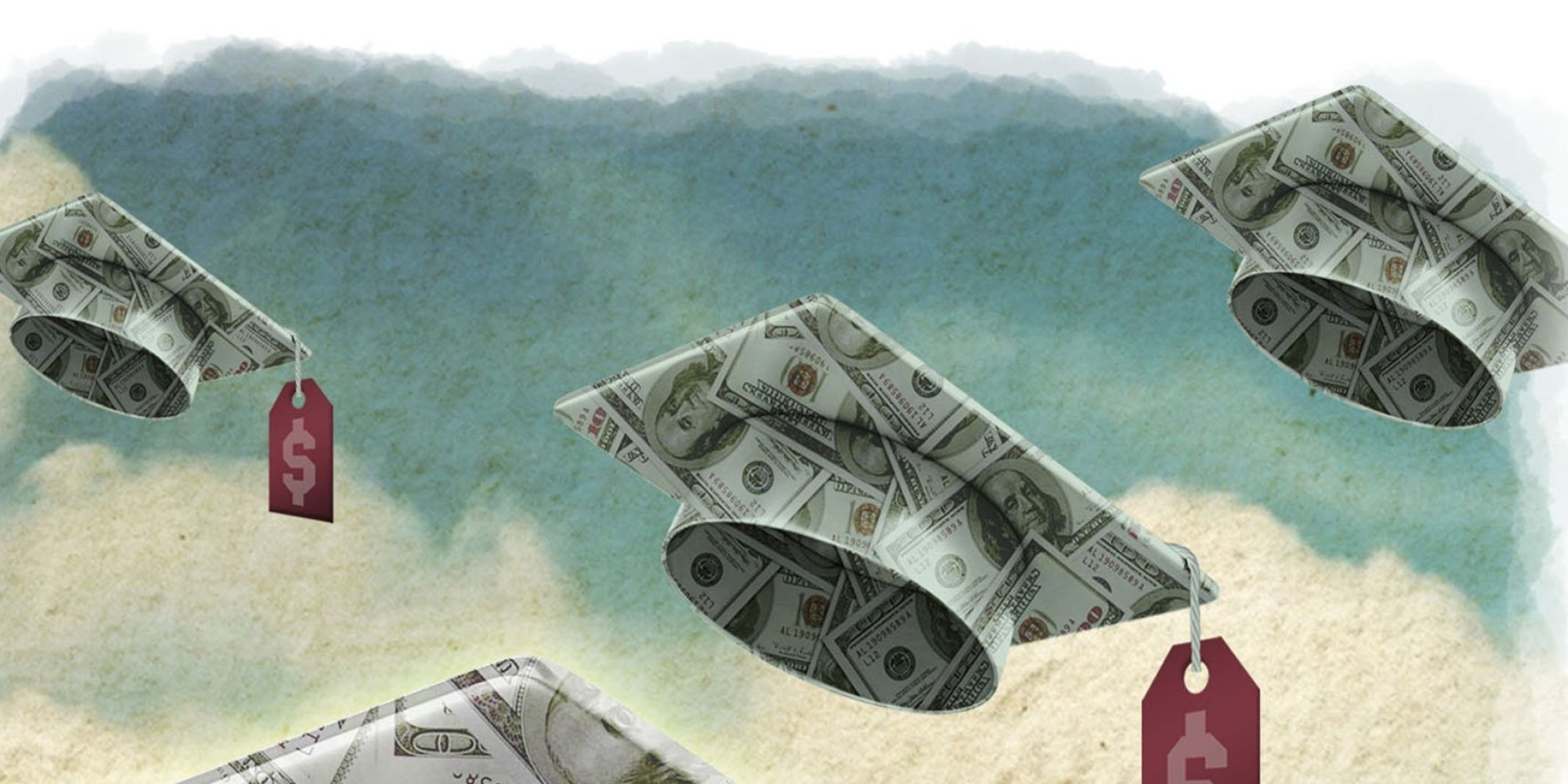
Student debt has reached the top of the national agenda, thanks in part to the significant expansion in the stock of outstanding student loans over the past decade. There is now $1.3 trillion in federal student-loan debt outstanding, up from $441 billion just a decade ago. The increase is a function of rising college costs, increases in student enrollments, and the expansion of federal loan programs. Over that period, total enrollments in post-secondary education grew from 17.5 to 20.3 million students.
The federal role in higher-education lending has expanded significantly since the first federal loan program was authorized in 1958 as part of the National Defense Education Act. The Higher Education Act of 1965 created the Guaranteed Student Lending Program, which made low-interest loans to needy students. In 1978, the Middle Income Student Assistance Act expanded eligibility for guaranteed loans to middle-income students. In 1980, Congress created a federal loan program for parents of undergraduates (Parent PLUS), and in 1992, policymakers eliminated annual and lifetime limits on Parent PLUS loans and authorized the unsubsidized Stafford Loan program, which allows all students to borrow federal loans regardless of their financial circumstances. In 2006, Congress created the Grad PLUS loan program which effectively removed any limit on the amount graduate students could borrow.
A series of higher-education tax benefits were created as part of the Taxpayer Relief Act of 1997 (Hope Scholarship, Lifetime Learning Tax Credit, student-loan interest deduction, and others). Lawmakers have expanded these benefits many times since then, most recently with the American Opportunity Tax Credit in 2009. The benefits now total over $20 billion in annual aid.
The resulting system of loans and tax benefits is complex, sprawling, and increasingly important to the federal budget. The size of federal loan programs has experienced remarkable growth, thanks in large part to the proliferation of programs and the expansion of enrollments over the past decade. In the 2001-2002 school year, the Office of Federal Student Aid at the Department of Education disbursed $36 billion (in current dollars) across 9.4 million loans. By 2011-2012, those totals had reached $106 billion and 22.8 million. Disbursements and borrowing declined somewhat after that peak, but in 2015-2016, FSA still handed out $94.7 billion through 17.3 million loans. Even after adjusting for inflation, the amount of federal loan disbursements increased 44% between 2004-2005 and 2015-2016.
More troubling are the trends in delinquency and default. There are currently more than 8 million people in default on their federal student loans, and estimates suggest that over 40% of all borrowers who are expected to repay have defaulted, are delinquent, or are in forbearance or deferment.⁵⁸ Other research shows that the “effective delinquency rate” on student loans, after eliminating borrowers who are still in school or in a grace period, is about 30%.
Meanwhile, tuition prices continue to increase, forcing more and more students to rely on federal loans to finance their education. The sticker price of tuition at public four-year colleges—after accounting for inflation—has more than tripled since the early 1980s. At private nonprofit colleges, the sticker price of tuition is 2.5 times higher. Net prices—what students actually pay after subtracting grant aid and tuition discounts—have not risen as much thanks to an influx of federal grant aid, but stagnant family incomes mean that the price of college is consuming a larger chunk of family incomes each year. While there is significant scholarly debate as to whether the availability of federal student loans causes tuition inflation, new evidence suggests that they certainly seem to enable increases in tuition.
In light of this sorry state of affairs, policymakers should push for reforms to the federal student-loan program that aim to achieve four main goals: simplify federal loan programs and repayment options; make the programs operate more rationally and efficiently; eliminate wasteful features, with emphasis on those that distort the higher-education marketplace; and ensure that the program distributes public resources in a fair manner to those who need them most, especially students from low-income families.
With respect to the tax benefits for tuition, policymakers should aim to eliminate and better target the budgetary resources (i.e., forgone tax revenue) that are currently used to fund the tax benefits. We suggest a number of reforms that simplify or better target federal aid that would increase taxpayer costs; we also identify places where savings from the elimination of or a reduction in tuition tax benefits can offset those costs.
[“source-aei”]

